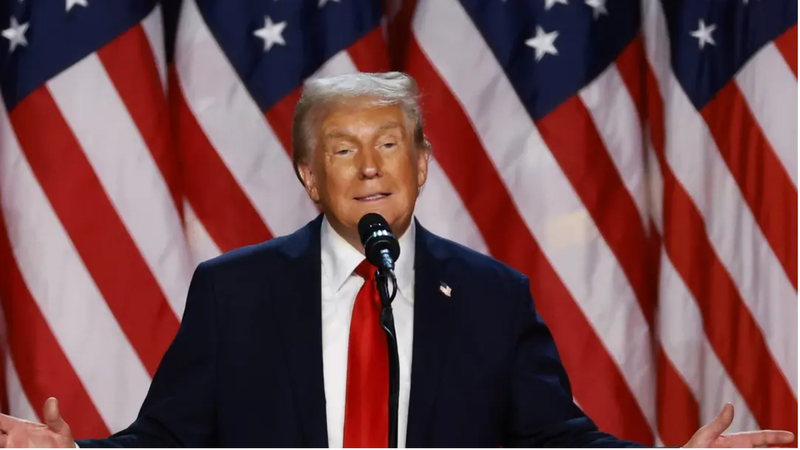US Election: Electoral System Overview
CONSTITUTIONAL REPUBLIC ESTABLISHED: A decade after declaring independence, leaders from 12 of the original 13 US states gathered to draft and ratify the US Constitution, establishing the federal government's three branches. Americans vote for Congress — which includes the House of Representati...
Facts
- CONSTITUTIONAL REPUBLIC ESTABLISHED: A decade after declaring independence, leaders from 12 of the original 13 US states gathered to draft and ratify the US Constitution, establishing the federal government's three branches. Americans vote for Congress — which includes the House of Representatives and Senate — and the president, who appoints members of the judiciary (the third branch) with Senate approval.[1][2]
- ELECTORAL COLLEGE SYSTEM: Instead of a direct popular vote, the president is chosen by a slate of electors from each state, plus Washington, DC, known as the 'Electoral College.' States hold popular votes to determine which candidate gets their electoral votes. There are 538 electors, with each state's number based on its House members, plus two Senators. Typically, the winner of a state takes all its electoral votes, and the candidate with 270 votes wins the presidency.[3][4]
- POLITICAL PARTIES AND PRIMARIES: For over 150 years, Republicans and Democrats have been the main parties nominating candidates for office. The modern primary system, developed in the 1900s, begins about a year before the general election. Similar to the Electoral College process, citizens in each state vote for their preferred candidate, with the winner earning the endorsement of party delegates, who then officially nominate that candidate at the party convention.[5][6]
- THIRD PARTIES AND THEIR VIABILITY: While US elections usually come down to the Republican and Democratic nominees, 'third-party' candidates from the Libertarian, Green, Reform, and Constitution party, along with unaffiliated candidates, have collectively won millions of votes. However, the electoral system's rules and barriers effectively reinforce the dominance of the two major parties, weakening these candidates and often leading them to be seen as spoilers in tight races.[7]
- SWING STATES: Many states consistently vote for the same party each presidential election cycle, making them easy to predict as 'Red' (Republican) or 'Blue' (Democratic). Therefore, campaigns typically focus on the handful of 'swing states' that could go either way. In 2024, Michigan, Pennsylvania, Wisconsin, Georgia, and Arizona are viewed as pivotal states in determining the election outcome.[8][9]
- CHANGES OVER TIME: Since the founding of the US, there has been ongoing debate on the balance between direct democracy and a limited representative republic. Initially, the constitutional founders restricted suffrage and direct voting to avoid a 'majority tyranny.' Voting rights have since expanded to groups such as women, African Americans, and Native Americans. However, the two-party system, perceived voting barriers and other systemic mechanisms remain topics of debate.[10][11]
Sources: [1]HISTORY, [2]The White House, [3]National Archives (a), [4]National Archives (b), [5]Encyclopedia Britannica (a), [6]The Library of Congress, [7]PBS NewsHour, [8]America, [9]Pew Research Center, [10]Encyclopedia Britannica (b) and [11]History.
Narratives
- Pro-establishment narrative, as provided by National Affairs. The Electoral College is a key feature of the US constitution, designed to balance power and prevent majority tyranny, reflecting the founders' vision. Despite Trump's 2016 victory prompting criticism, with some arguing it doesn't reflect the will of the people, the Electoral College has aligned with the popular vote in 54 of 59 elections. The system operates as intended, ensuring equal representation and preventing a few major cities from dominating national decisions, giving citizens from all 50 states a voice.
- Establishment-critical narrative, as provided by New York Times. The Electoral College has long faced scrutiny for failing to reflect the popular will, and it's time to consider significant overhauls. While it was originally designed to prevent the 'uneducated masses' from electing an unfit president, electors are now bound to their state's popular vote. This shift has concentrated power in a few states, straying from the founders' intent. True democratic justice requires reforming or abolishing the Electoral College, expanding the electorate, and opposing all voter suppression laws.







